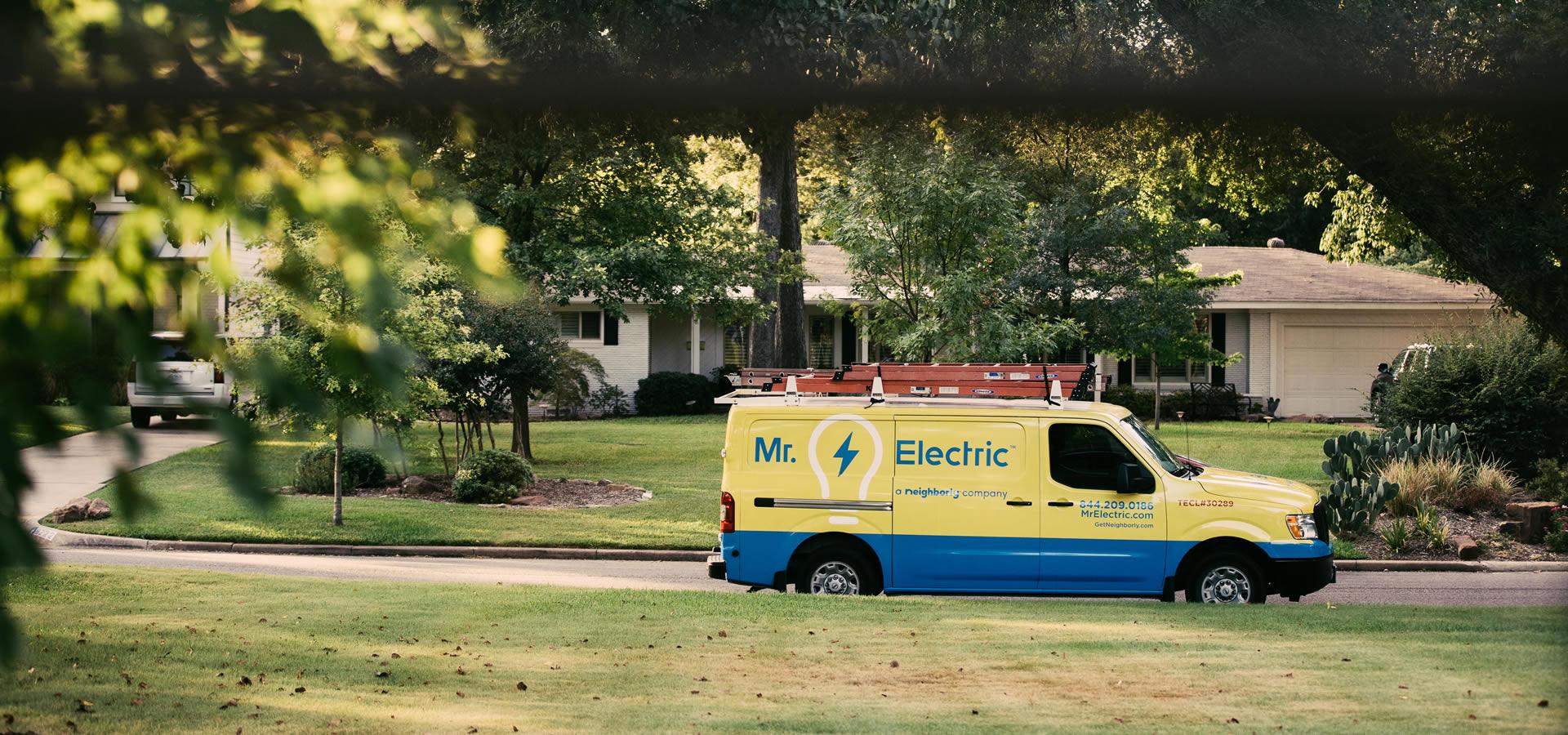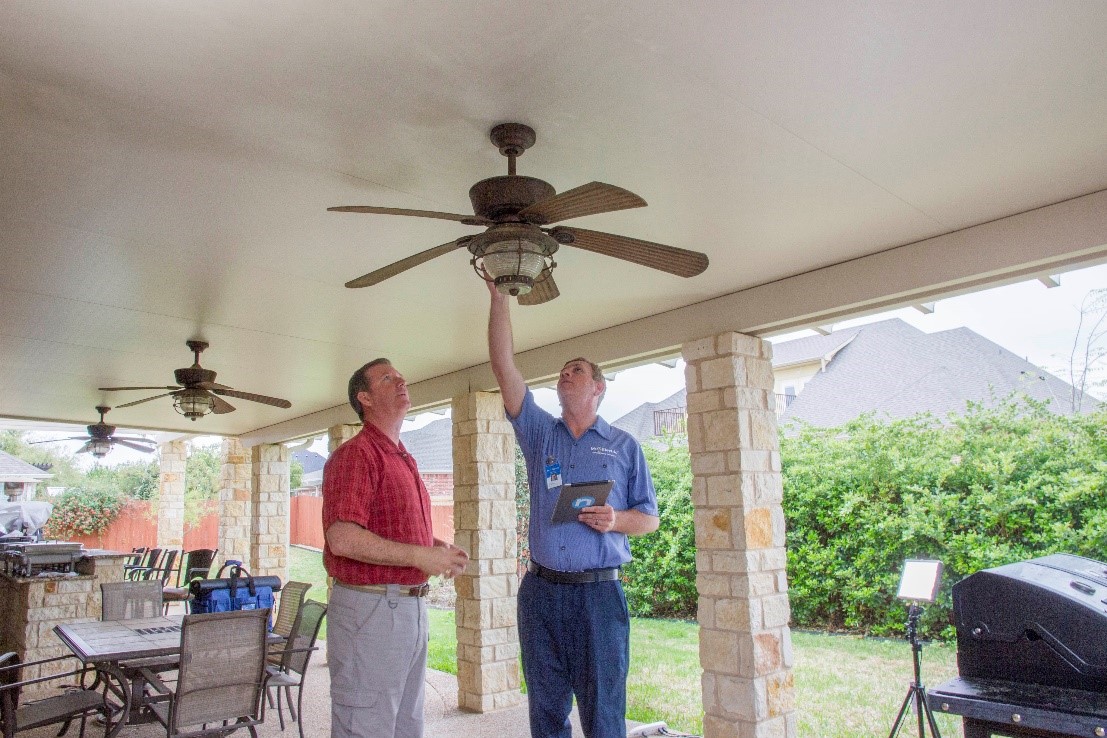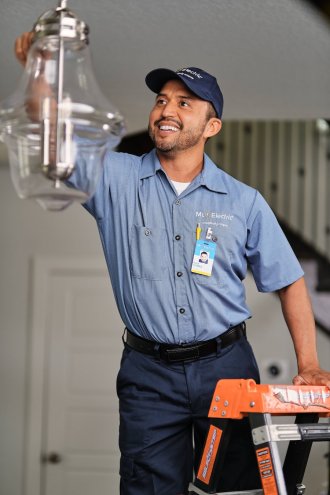You’re probably reading this because you have a broken ceiling fan that’s giving you headaches. As seasoned ceiling fan installers, we understand that a faulty ceiling fan poses serious safety risks and can also negatively impact air circulation in your home.
It’s worth mentioning that you should never attempt to repair or replace a faulty ceiling fan if you don’t know what you’re doing. These fixtures are connected to electricity; hence, there’s the danger of getting electrocuted if you’re not a professional. If you have any doubts about your ability to repair a broken ceiling fan, leave the job to a licensed electrician near me. Today, the experts at Mr. Electric provide a step-by-step guide on how to fix a broken ceiling fan.
Step 1: Turn Off the Power
Before starting, safety comes first! Turn off the power to the ceiling fan at the circuit breaker to avoid any accidents. Double-check that the fan doesn’t turn on when you flip the switch. This step ensures you’re working in a safe environment.
Step 2: Remove the Blades
Carefully remove the fan blades to access the motor housing more easily. Unscrew the blades one by one and keep the screws in a safe place. Removing the blades will also make handling the fan more manageable during the repair process.
Step 3: Access the Motor Housing
Once the blades are off, locate and open the motor housing. This area contains the wires and motor parts that may need attention. Be gentle when handling the housing to avoid damaging any internal components while you inspect the fan.
Step 4: Access the Motor Housing
Inspect the wiring inside the motor housing for any loose or disconnected wires. Tighten or reconnect them as needed. Look out for signs of wear, such as frayed wires or burn marks, as these could indicate a deeper local electrical issue requiring professional help.
Step 5: Troubleshoot the Issue
Identify the specific problem, whether it’s a faulty capacitor, worn-out motor, or loose mounting. Use a multimeter to test electrical components if needed. If the issue seems beyond your skill level, it might betime to call in a professional electrician.
Step 6: Reassemble the Fan
After addressing the issue, reassemble the fan by reversing the disassembly process. Reattach the motor housing, secure the blades, and restore power. Finally, test the fan to ensure it’s functioning properly. If it works smoothly, you’ve successfully fixed it. If not, reach out to a local electrical service in Fulshear, TX for help.
Call Mr. Electric for Ceiling Fan Replacement Service
Ceiling fans are considerably durable fixtures, but they have an infinite lifespan, just like other electrical fixtures in your home. Typically, you can get up to 12 years out of a properly installed and maintained ceiling fan. Aging fixtures may run into a wide range of issues, including wobbling, higher energy consumption, noisy operation, and reduced airflow. When you’re in need of professional ceiling fan replacement, reach out to the licensed electricians at Mr. Electric. We have been servicing all types of ceiling fans for over three decades, so we have the expertise and experience to do an excellent job.







